How to Diagnose EMC? (Part 03)
Introduction:
This article will share EMS diagnosis skills and case analysis after the former articles of analyzing the common knowledge of EMC rectification and EMI diagnostic skills and case analysis.
EMS is mainly divided into: electronic static discharge (ESD), electrical fast transient (EFT), surge. Through this article, MORNSUN POWER SUPPLY will detail its rectification and positioning and illustrate with specific cases.
1. Electronic static discharge (ESD) rectification and positioning
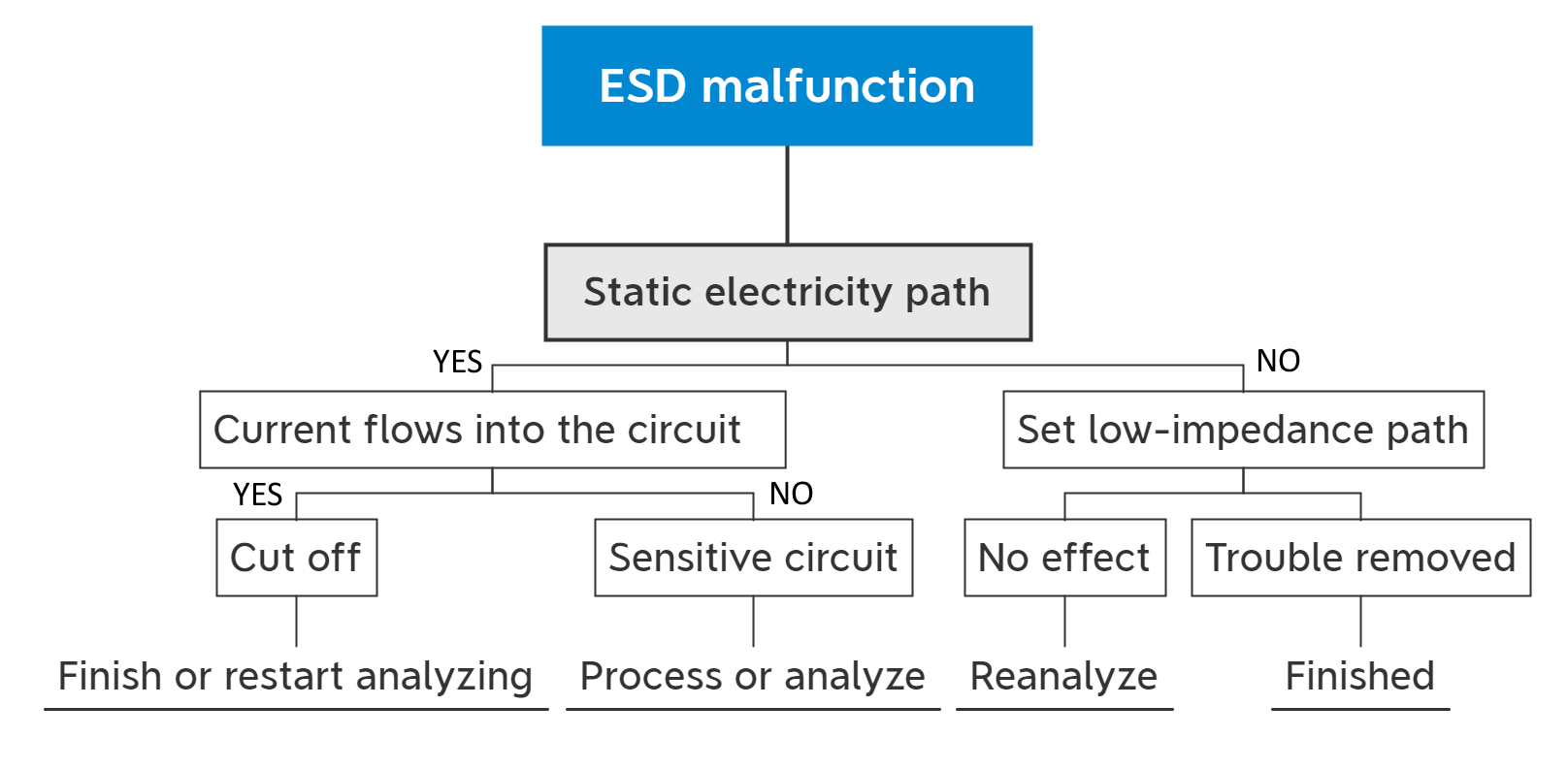
The path is the most important for static electricity. Without a path, static electricity cannot be discharged, that is, there would be no static electricity problem. Therefore, when analyzing static electricity, the path should be mainly analyzed, which is the idea of ESD diagnostic analysis.
First determine whether there is a path, if there is, then determine whether the electrostatic current flows into the sensitive circuit, if it is, cut it off, and take measures of high-impedance blocking or low-impedance discharge. If there is no electrostatic current flowing into the sensitive circuit, check whether there is a sensitive inductance around. If there is a sensitive circuit, the sensitive circuit should be processed through measures such as filtering, and shielding. Otherwise, the impedance of the entire discharge circuit may be too high, such as ground impedance. If there is no path, a low-impedance path should be created artificially for discharge.
Case 1: Electrostatic protection of plastic shell
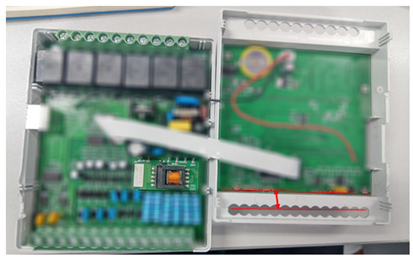
The plastic shell has good antistatic effect, but the insulation distance is the key that 4mm distance can ensure 8KV air discharge
There are many measures for electrostatic protection, such as component selection, designs of circuit, PCB, and structure. From the perspective of structural design, plastic shell is the best electrostatic protection measure, because plastic shell is made of an insulating material so that static electricity cannot be discharged.
Key point: when using a plastic shell to carry out electrostatic protection, there will also be static electricity problems if the insulation distance doesn’t meet the condition, especially when air discharge is performed, an arc discharge with the internal circuit would be easily formed, which will cause static electricity problems.
As shown in the figure, a plastic case is used, but the internal components and vias are too close to the shell, resulting in insufficient insulation distance. When discharging, the IC is damaged by arcing of the air and the internal circuit.
Case 2: Sensitive signal is interfered
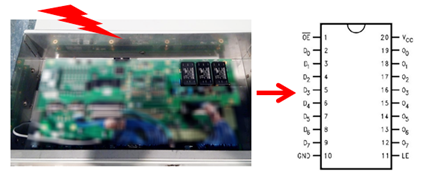
Key signals need to be filtered, such as chip selection, reset, and sampling
In addition to the plastic shell, there is also a metal shell grounding for electrostatic protection. Regarding the anti-static problem of metal shells, it’s essential to pay attention to good grounding (including large area grounding, and no oxidized paint).
As shown in the picture, this case shows a customer system with a metal shell and good grounding, but when doing contact discharge, the signal is falsely triggered. At the same time, there is a strange phenomenon: the use of indirect coupling will also cause spurious triggering of the signal, which turned out not to be structural problems. Circuit design (especially sensitive signals) should be paid attention to. After investigation, it was found that the chip selection signal of the chip was affected. After checking the circuit design, it was found there was no filtering protection on the chip selection chip. And then capacitor filtering was used to solve the problem. Through this case here mainly displays that the electrostatic protection structure processing is very important, but the key internal signals such as reset, IC chip types selection, and sampling also need protection.
2. Electrical fast transient (EFT) rectification and positioning
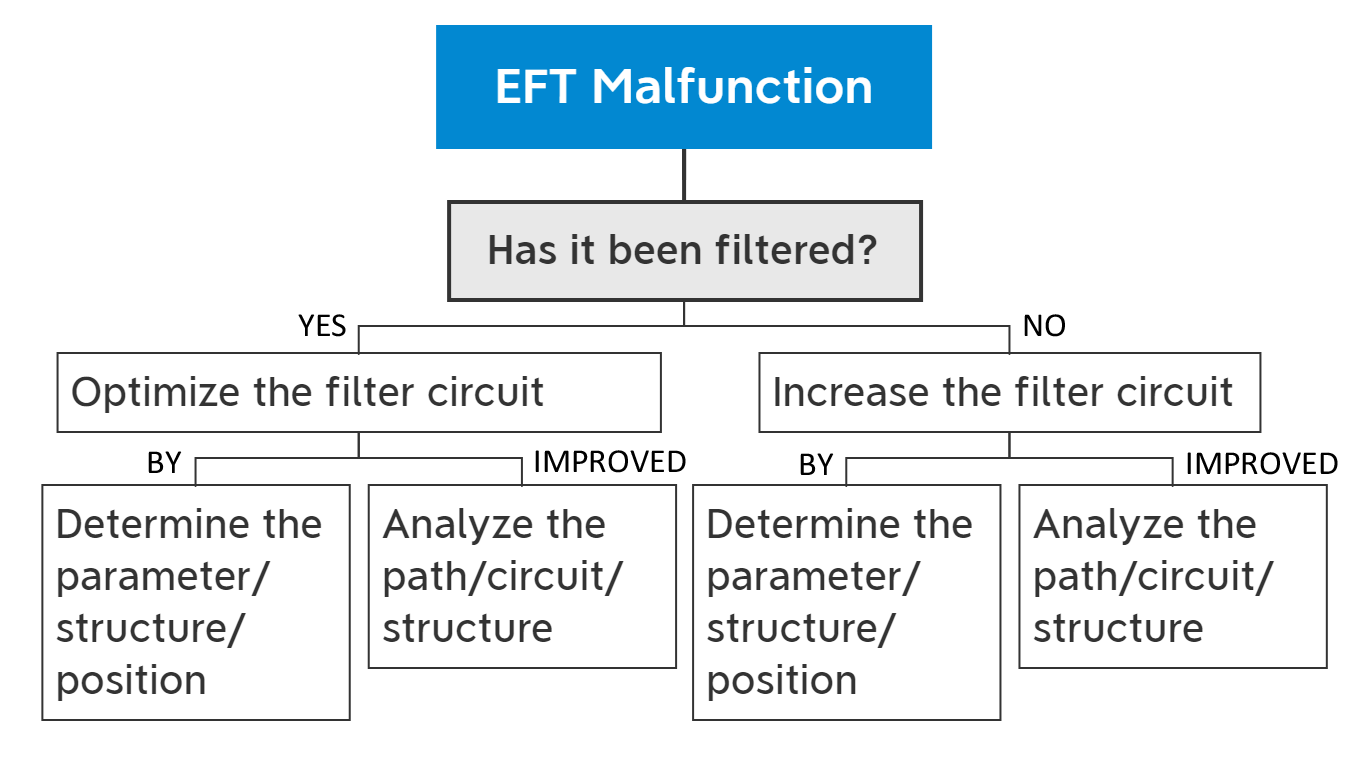
Pulse group and common mode interference are mainly caused by charging the junction capacitance, causing the system failure. It has the characteristics of a few energy, short rise time and wide frequency. Under normal circumstances, the pulse group test will not cause system damage. It is mainly based on reset, crash, false trigger, data exceeding, abnormal LCD screen, etc. How to analyze the EFT failure?
The pulse group affects the system in common mode interference, so it’s necessary to find the common mode path. The paths include explicit path (artificial design) and hidden path (junction capacitance formation). The key idea of analyzing pulse group failure is to look at the essence through the phenomenon, and analyze which part of the circuit is affected through analyzing the failure phenomenon. Then analyze according to filtering, single-board signal circuit design, and PCB design. A situation that it can hardly meet the requirements no matter how rectified may occur, which requires redesigning the product according to the design principles and rectification process before testing.
Case 3: Abnormal monitoring devise EFT
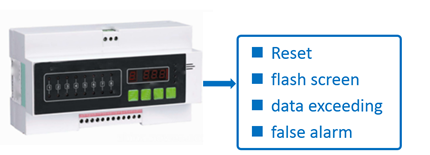
Reset, Liquid crystal driver, sample circuit, self-checking circuit and other sensitive signals
The picture shows a fire monitoring equipment. There are phenomena of reset, flash screen, data exceeding and false alarms during the pulse group test. Therefore, the failure phenomenon is used to analyze the possible causes:
1) Reset pin or software;
2) The display drive circuit is affected;
3) The sampling circuit is affected;
4) The buzzer self-check circuit is affected.
Then check the design of these circuits and adopt relative rectification treatments:
1) Increase the corresponding EMC peripheral circuit according to the recommended circuit;
2) Filter the reset pin and improve wiring;
3) Add a small capacitor (1nF recommended) to GND for the display drive circuit;
4) Add a small capacitor to the data acquisition port (1nF recommended);
5) Add a small capacitor to the self-check circuit or button (1nF is recommended).
Through the above measures, the entire test basically meets the requirements, so for such problems, the main reason is to analyze the failure.
3. Surge rectification and positioning
Surge (lightning strike) has the characteristics of low frequency and high energy, and it is easy to damage the equipment during testing. Usually three kinds of problems often appear during surge testing: crash, reset and arcing. Next, we will make a simple analysis of the diagnosis of these three failures.
1. surge crash rectification and positioning
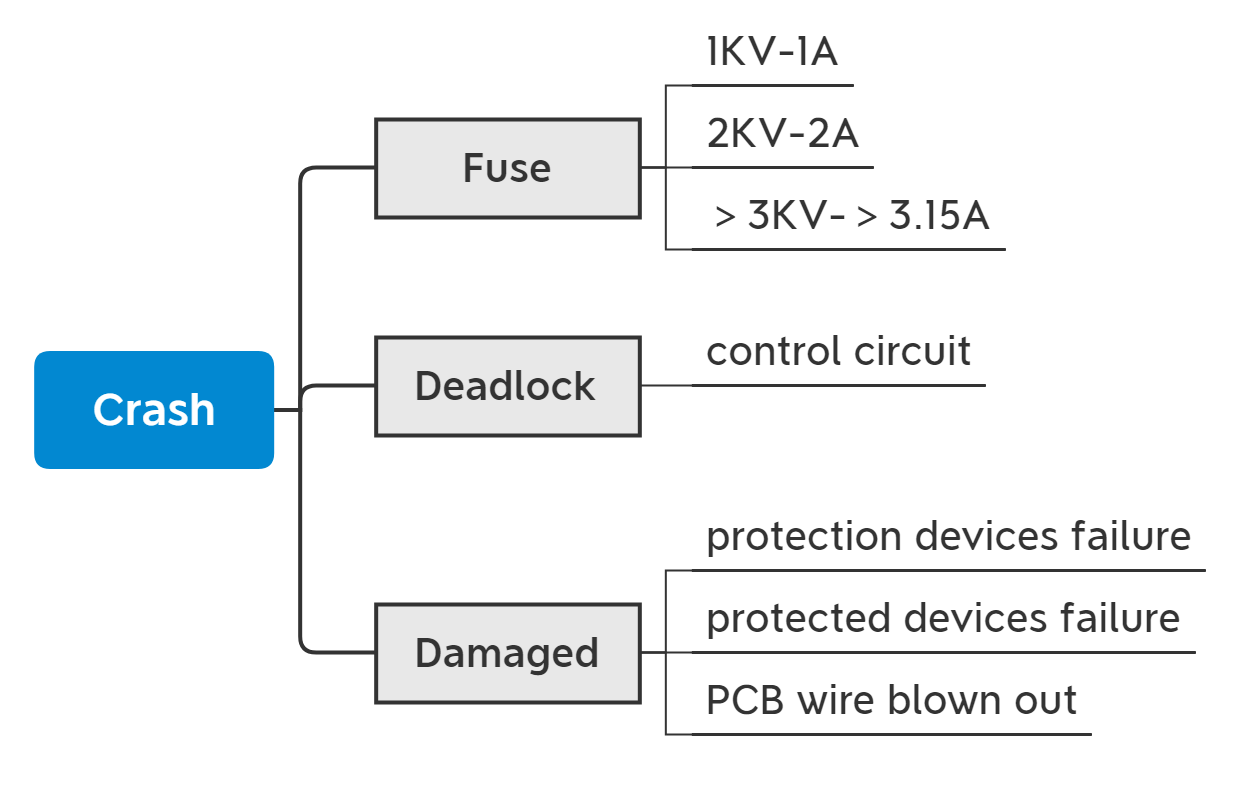
Regarding the crash of the surge test, according to the current problems, there are more cases of fuse broken, system locked, and system damaged. There are corresponding diagnostic techniques for different failure modes.
Fuse blown: Generally, the flow is insufficient. This are the recommended fuse parameters for different surge levels;
System lockup: Generally, the control circuit is disturbed. It is necessary to analyze which control circuits of the system are affected and cause the lockup problem;
System damage: Including the failure of the protective device and the protected device. The failure of the protective device is generally due to inconsistency in design, such as insufficient flux; the failure of the protected device is generally due to excessive front-end residual voltage that causes breakdown of large current; only PCB damage: mainly analyze current and withstand voltage capability.
2. Surge reset rectification and positioning
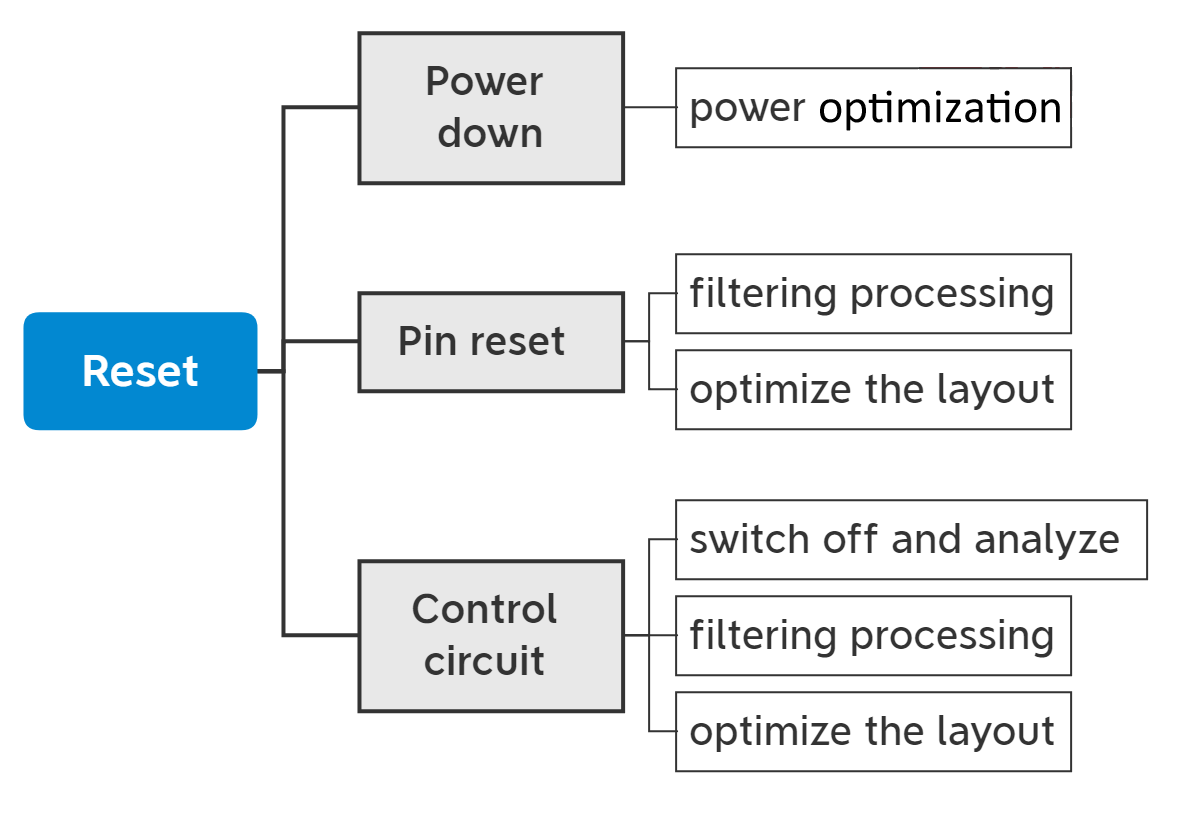
Regarding the system reset caused by the surge test, the output of the switching power supply has no voltage, which is common. For this idea, an oscilloscope can be used to collect the output of the switching power supply. However, it is recommended to use a high-voltage probe for monitoring, since ordinary probes are easily damaged. In addition to the power supply, affected reset pins and control circuits will also cause reset problems, especially some logic control circuits are affected. For this issue, to analyze the circuit principle can determine whether there is such a possibility, and then process.
3. surge arcing rectification and positioning
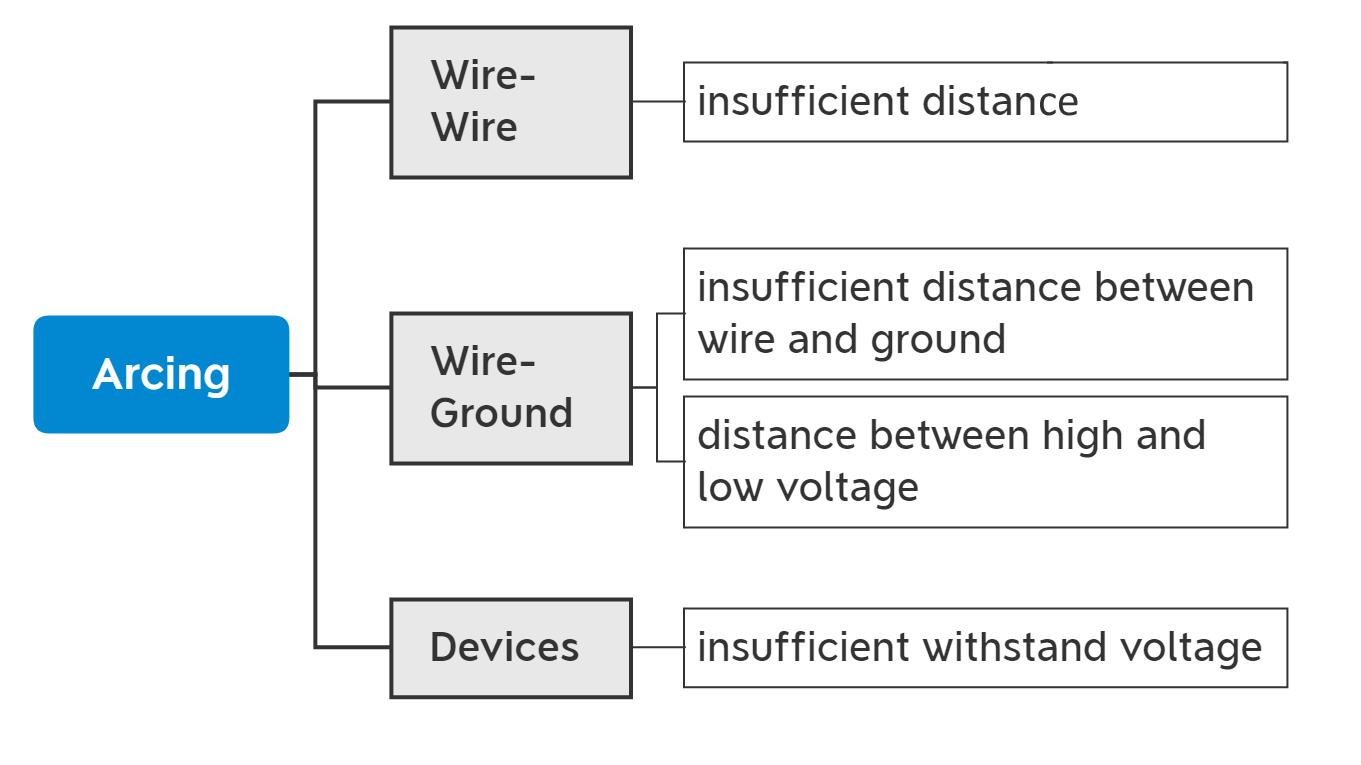
Arcing is most seen in wire and wire, wire and ground, and devices. The reason of the three above is that the distance is insufficient and the withstand voltage is insufficient. The best way to judge this is to increase the distance of the arc before testing, The treatment method is to reduce the residual pressure or increase the pressure resistance distance.
Case 4: problem of common mode arcing
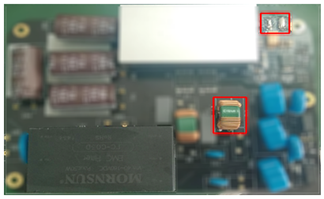
Last time we have learned about concept of common mode filter and common mode EMI, and now let’s figure out how to process common mode arcing.
Due to the limitation of withstand voltage, common mode surge is usually not protected. Therefore, the common mode surge test is prone to arcing, which is caused by insufficient distance. It is usually solved in the following ways:
Reduce residual pressure: apply pressure-sensitive or pressure-sensitive series gas discharge tubes to the ground, but pay attention to the power frequency withstand voltage;
Disconnect the path: disconnect the common mode path;
Increase the distance: 1KV-2mm; 2KV-3mm; 4KV-4mm and above.
Case 5: switching power supply common mode crashing the machine
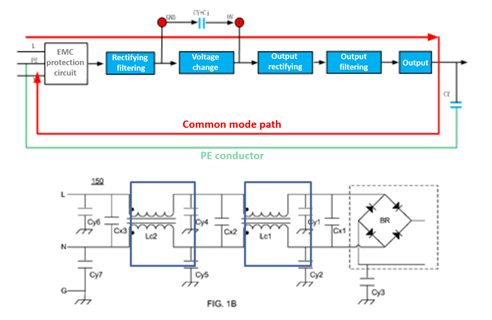
This is a typical switching power supply common-mode surge failure problem. The power and communication industry usually connect the power output ground or signal ground to the metal shell, and the surge of this application requires level-4 or above. This kind of application usually causes the common mode surge test to fail. What is the reason?
The above figure displays the actual application of the power supply. Connect the output ground to the PE to form an artificially designed common mode path. If there is no such path, there is no problem with the common mode surge, but if there is one, the common mode surge is prone to go wrong. This case focuses on the problem of common-mode surges rising caused by common-mode inductance.
The main reason for the voltage rise caused by common mode inductance: during common mode surge test, the common mode inductance LCM1 will prevent the common mode current from flowing into CY1 or CY3 and the stray capacitance in the circuit. During this period, a very high voltage will form at both ends of LCM1. To a certain extent, the current flowing through the LCM1 coil will form a strong magnetic field in the core and cause the common mode core to saturate. Due to the saturation of the magnetic core, the magnetic permeability of the magnetic core drops a lot, which causes the inductance to drop, and the current flowing through LCM1 rises sharply. When the response current increases, the voltage of the back-end Y capacitor or stray capacitor rises rapidly.
After the common mode inductor is saturated, the inductance of the common mode inductor drops to a certain value, but at this time the common mode inductor still stores a certain amount of energy. The energy stored in the common mode inductor will flow into the back-end Y capacitance or stray capacitance after the 1.2/50us peak waveform, so that the voltage of the back-end Y capacitance or stray capacitance will exceed the 1.2/50us open-circuit voltage peak value by 50% or more.
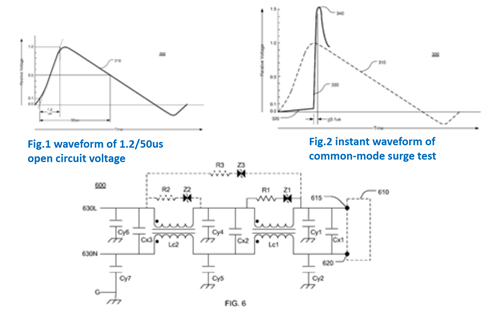
Figure shows a normal surge voltage waveform, but the actual waveform may change into that shown in Figure 2 because of the existence of common mode inductance. The main reason is that the common mode inductance reverse electromotive force charges the back-end stray capacitance, causing the common mode surge to rise. Therefore, a voltage clamping device, such as a varistor, can be added at the front and back ends of the single winding of the common mode inductor, so that the energy can be discharged through the clamping device and the voltage is clamped to a certain value. This solution is very common in the power industry.
Although this solution has an improvement effect on common-mode surges, adding a varistor is equivalent to artificially increasing the junction capacitance of the common-mode inductor, which will reduce the filtering effect of the common-mode inductor. Therefore, it can be adjusted according to the actual situation. It can also use a gas discharge tube instead of a varistor, which can protect against surges and has a very small impact on EMI.
4. Conclusion of EMC rectification
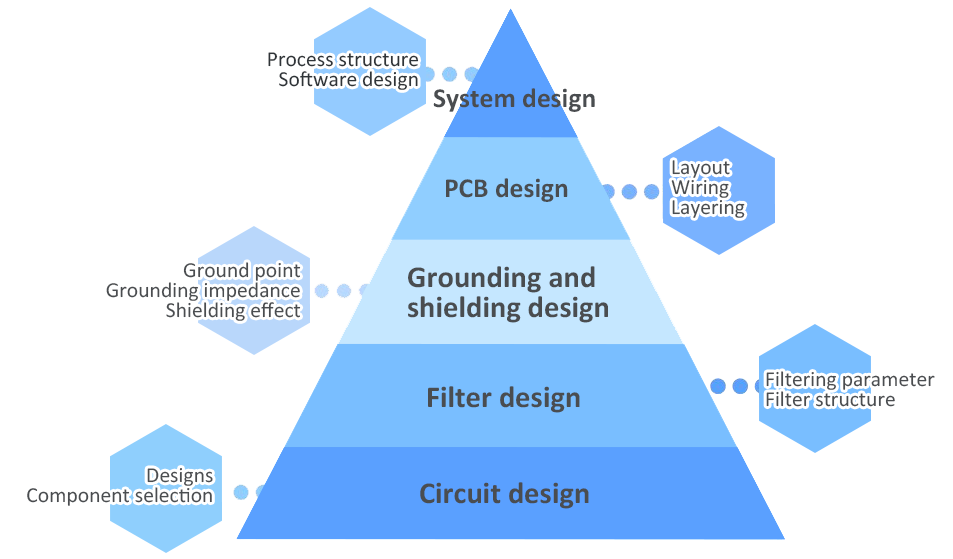
Each link of designs of circuit, filter, grounding and shielding, PCB, and system, has a great impact on EMC performance. The rectification, important too, is the reverse process of design. So after the customer system is formed, the measures we can take are limited when EMC problems occur. Rectification is the most original method and the least economical method. To reduce rectification, the only way is to improve the design!







